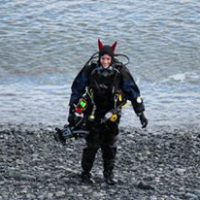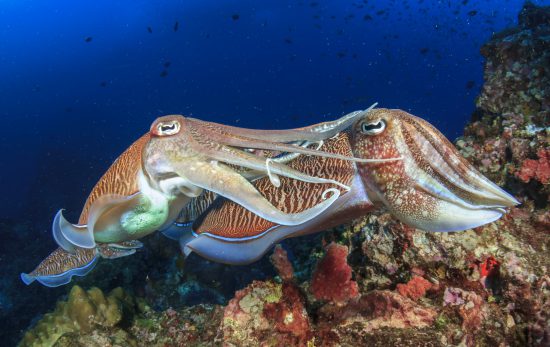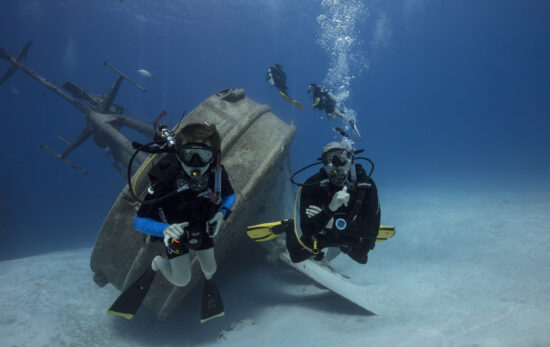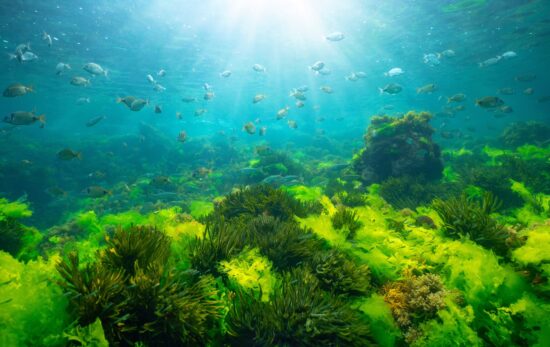Rays, skates and sawfish (along with sharks) are cartilaginous fishes, a class of over 800 species characterised by a cartilage skeleton and small tooth-like scales called denticles. There are many rays at risk, threatened by extinction, overfishing, pollution, boat traffic, and international trade causing population decline. Here are some of the species at risk:
Sawfish (Pristidae) — Critically Endangered
Despite having evolved over millions of years, sawfish are now one of the most endangered fish in the ocean. Their ‘saw’ — or rostrum — can be a third of their body length, and is fully developed at birth; luckily for Mum, it’s covered by a membrane to prevent injury. Living in shallow water, they are particularly affected by habitat destruction, as well as illegal trade for their saws.
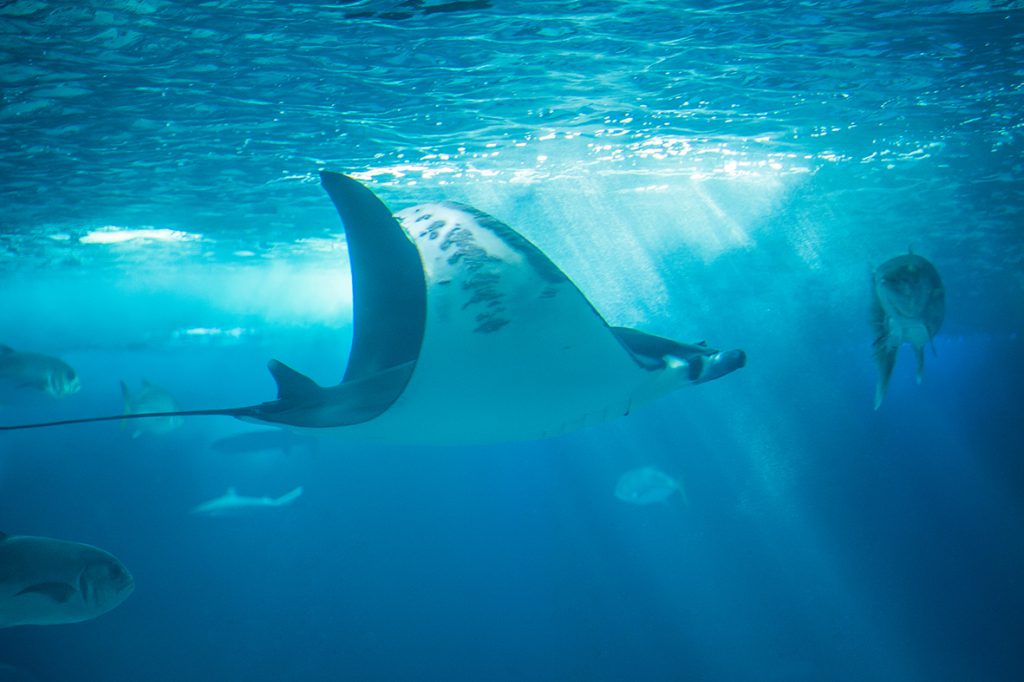
Giant devil ray (Mobula mobular) — Endangered
These batoids hold a record wingspan of 5.2 metres and 1.5 tonnes weight. Preferring deeper water, they frequent the Mediterranean (the only mobulid here) and East Atlantic. Breeding is sporadic with a two-year gestation period, making this species slow to recover from threats. Fortunately, all nine devil ray species were listed under CITES Appendix II in 2016.
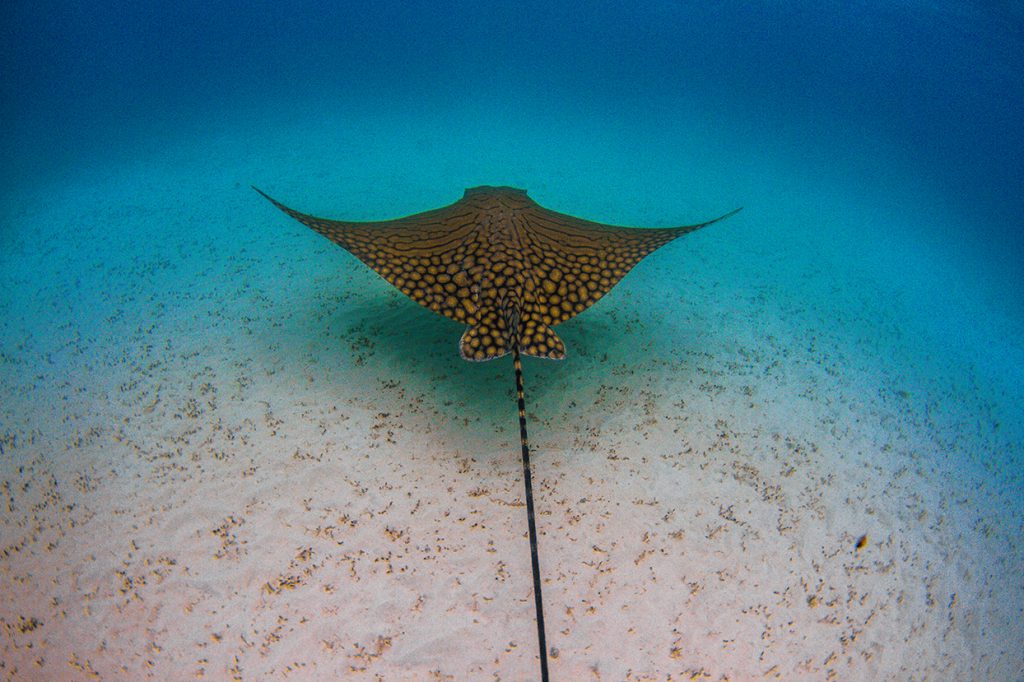
Ornate eagle ray (Aetomylaeus vespertilio) — Endangered
This ray lives up to its name, with a costume of spots, stripes and patterns; but unlike other eagle rays, it has no barb on its tail. Found in Australia, South-east Asia, and even as far as East Africa, they’ve been placed in peril by the demersal fisheries that are particularly active in these areas.
Common skate (Dipturus batis) — Critically Endangered
Once plentiful in UK and European waters up to 600 metres deep, the common skate was recently proven as two separate species (blue and flapper) and is now a rare find. Living up to 100 years old, the largest of the skate family has fallen victim to decades of commercial and recreational fishing, and is locally extinct in many regions.
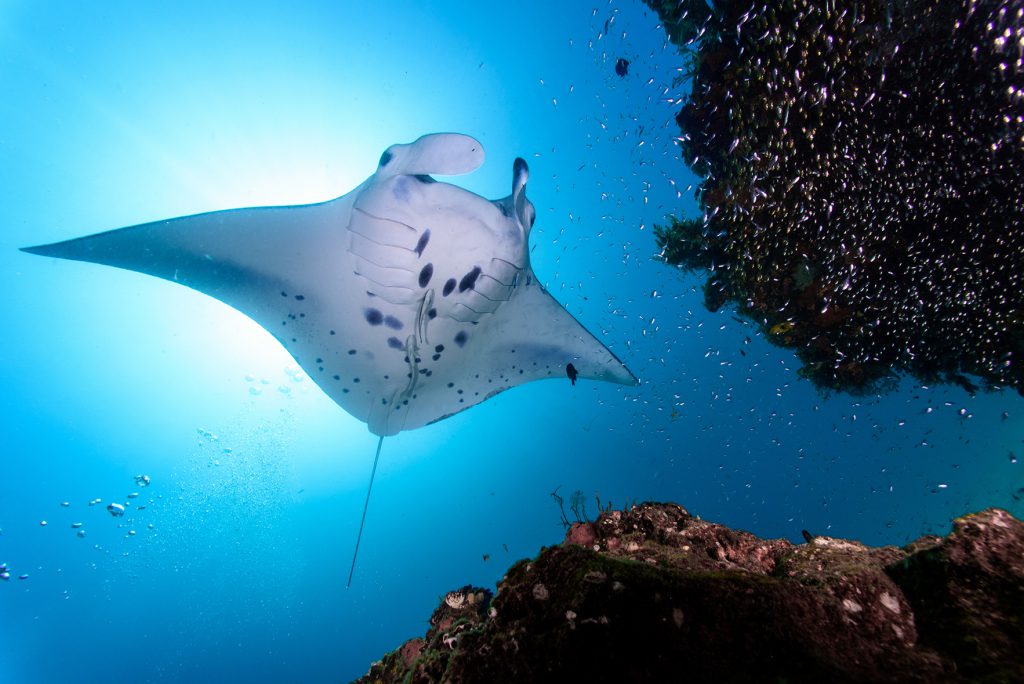
Giant manta ray (Mobula birostris) — Vulnerable
Encounters with mantas regularly feature on divers’ wishlists, from the Maldives, to Mozambique or Micronesia, where they’ll either travel alone, or in massive groups (called a squadron). Although predators include orcas and sharks, their main threats include nets and the demand for their gill rakers in traditional Asian medicine.
Protecting rays
Project AWARE is helping to protect sharks and rays, by engaging local divers and influencing global policies. Here’s how you can help:
- Eat only sustainable seafood
- Join Dive Against Debris™ and reduce your plastic use (as filter feeders, rays are at high risk from microplastics)
- Support ethical, local operators who choose tourism over fishing
- Learn more with the AWARE Shark Conservation Diver course
- Get involved with awareness and fundraising campaigns that support global change
